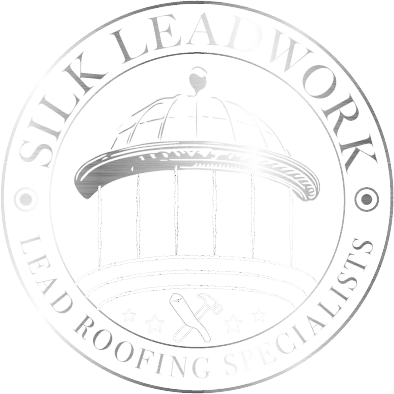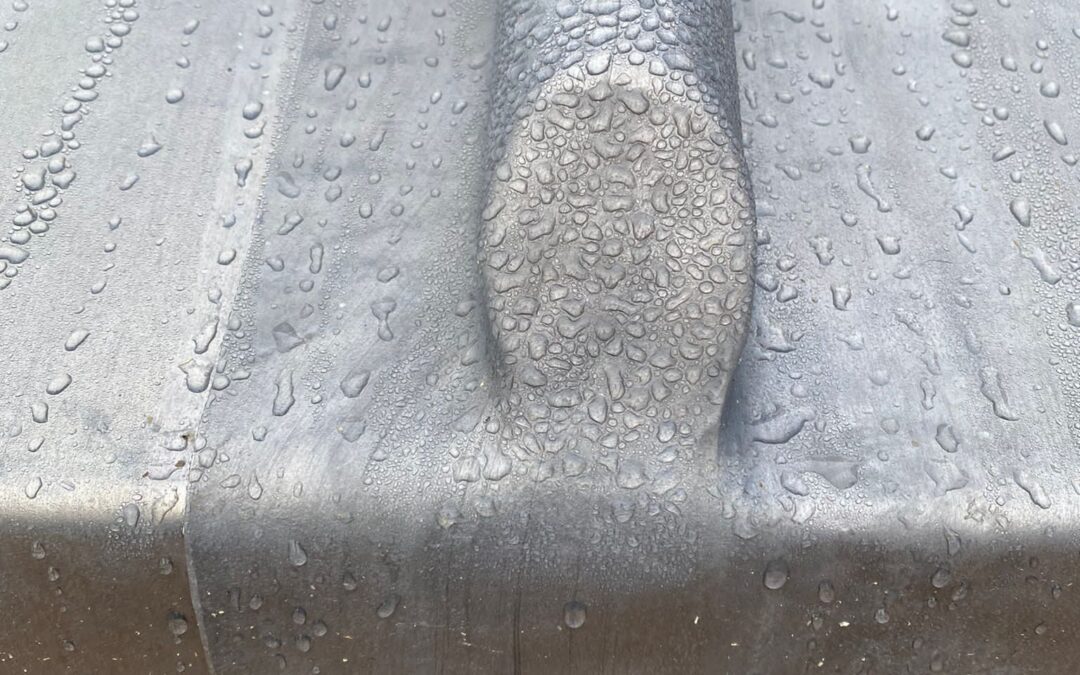Lead welding, as with any other welding process, has its dangers and risks. Health and safety measures must be taken out before these processes can commence. At Silk Leadwork, we ensure that all our workers and clients understand the hazards of lead welding and how to protect themselves. We have composed a safety guide surrounding lead welding, informing you on how to complete the process in a safe manner.
The dangers
Welding fumes
Exposure to fumes during welding can cause serious health issues if inhaled. Prolonged exposure can lead to lung cancer, kidney damage and stomach ulcers. These fumes can also lead to respiratory issues, something which is common for many long term welders.
Confined spaces
When welding in a confined space you may need additional shielding and protective gear. There is a danger of asphyxiation if welding in a small space, due to the lack of ventilation, and a quick exit might prove troublesome if there is less room to move around.
Lead exposure
When welding lead, workers can come into contact with lead oxide fumes leading to chronic health issues. Extremely high lead exposure can be fatal and smaller amounts can lead to anaemia, kidney damage and brain damage. This is also known as heavy metal poisoning.
Burns
Whilst burns are easily treatable, depending on the severity, it’s still something to avoid. Burns are common when welding, and cleaning the area before wrapping it in gauze and bandages will help prevent infections or further damage. Welding burns from UV rays can also affect your eyes and skin.
Fire Hazards
Due to the sparks emitted when welding lead, any combustible or flammable material in the surrounding area is classified as a fire hazard. These sparks can travel up to 10 metres from the source metal, so ensure your space is cleared of any fire hazards before welding commences.
How to protect yourself
Safety gear
Safety gear must be worn when welding lead. This includes (but is not limited to): safety goggles, a welding helmet, face shield, welding gloves, welding lung protection and welding work boots. All of these protect from the sparks and fumes emitted when welding and from any dangerous equipment used. Radiation burns are a possibility when welding, this gear prevents these burns from occurring.
Precautions to be taken
The first precaution is to ensure any fire hazards are swiftly removed from the area and placed out of reach from any sparks. Next is safety gear, make sure you are kitted up in all the correct protective clothing and equipment before you begin welding. We recommend you cover up as much skin as possible to prevent burns.
Move any tripping hazards or floor-level obstacles from the area before you start.
Ventilation
Poor ventilation, especially in confined spaces, can contaminate the air and cause the worker to inhale fumes. This can cause serious health problems and lead to debilitating conditions. Ensure your workspace is well ventilated when welding lead, placing the ventilation system as close to the fume source as possible. Natural ventilation, such as windows or open doorways, is not adequate enough for welding purposes.
Silk Leadwork implements the top safety measures for our staff when welding with lead and other materials. Learn more about Lead Welding on our website, or contact us for more safety information.


Recent Comments